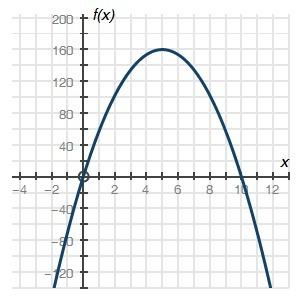
Mathematics, 04.12.2020 03:10 derisepicowe0fa
The absolute risk of getting disease A if a person smokes is 35%. The absolute risk of getting disease A if a person doesn’t smoke is 15%.
a. Compute the absolute risk reduction for a smoker compared to a non-smoker.
b. Compute the relative risk for a smoker compared to a non-smoker. Round to two decimal places.
Show work:

Answers: 1


Other questions on the subject: Mathematics


Mathematics, 22.06.2019 00:20, mya1318
Match the following reasons with the statements given to create the proof. 1. do = ob, ao = oc sas 2. doc = aob given 3. triangle cod congruent to triangle aob vertical angles are equal. 4. 1 = 2, ab = dc if two sides = and ||, then a parallelogram. 5. ab||dc if alternate interior angles =, then lines parallel. 6. abcd is a parallelogram cpcte
Answers: 2

Mathematics, 22.06.2019 02:50, salazarx062
There are 85 apples on the big tree, john picked out 15%. how many did john pick out?
Answers: 2

Mathematics, 22.06.2019 04:00, irlrisottonero
You are installing new tile on an outside patio. the area (in square feet) of the rectangular patio can be represented by 8x squared +33x+4.
Answers: 1
You know the right answer?
The absolute risk of getting disease A if a person smokes is 35%. The absolute risk of getting disea...
Questions in other subjects:

English, 09.03.2021 05:40

Social Studies, 09.03.2021 05:40


History, 09.03.2021 05:40

Biology, 09.03.2021 05:40



Mathematics, 09.03.2021 05:40


Mathematics, 09.03.2021 05:40




